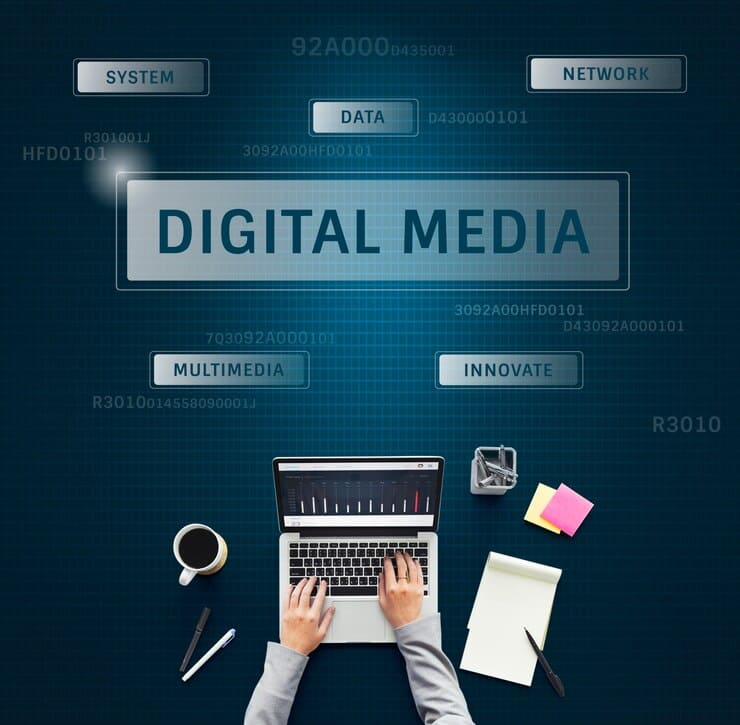Home / Blogs Detail
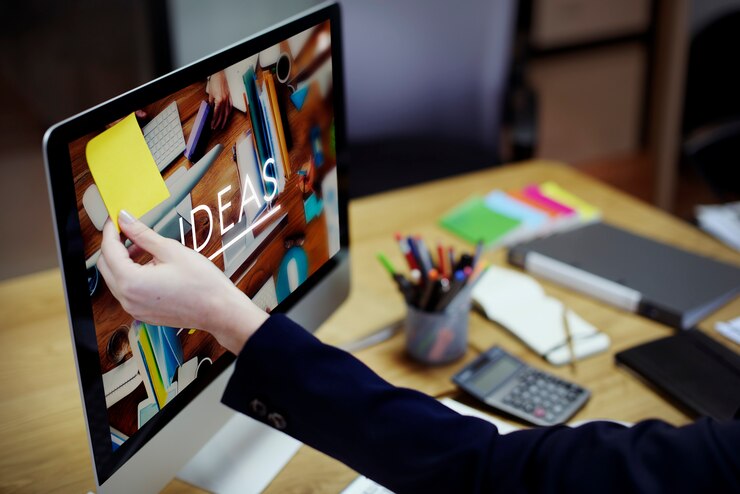
Graphic Design: The Perfect Blend of Art and Science
Graphic Design: The Art and the Science
Graphic designing has recently turned into a critical profession in the digital age, ruled by visual content. It is the fine blend of art and science where creativity is brought into practice in a functional manner of presenting ideas or messages via effective visual displays. Whether a designing pro or a newbie, knowing the internal mechanics of graphic design would definitely help in developing skills to create effective yet visually stunning elements.
The Essence of Graphic Design
Graphic design is a problem-solving approach that involves communicating with the audience through images, not just making something look pretty. And all this includes basics like: balance, contrast, alignment, repetition, and hierarchy—all of which are used by designers when putting together great-looking compositions that communicate. The Elements of Design.
1. Research and Inspiration: All projects are initiated from the need for proper understanding of what exactly the client requires and who the target will be. This is the stage when research for the inspiration of the product—how the product will come from nature, architecture, arts, and even competition—will be approached.
2. Conceptualization: This is the stage where every beginning idea starts to take shape. This might include rough ideas sketched out, starting a mood board, and any other activities associated with idea generation. The objective is to discover the most suitable direction by trying different ideas.
3. Design and Development: Once the concept has been decided on, then 'goodness of fit', if it's a go, then the real work of actually designing the piece or pieces really commences. It is where work moves to tools like Adobe Creative Suite, including Photoshop, Illustrator, and InDesign, in which a digital representation of ideas is put to visual music. Great care and deliberation should be exhibited in its execution, with great detail given to typographical choices, color schemes, and image representations.
4. Feedback and Revision: There is no such thing as perfect design in the first draft. The drafts must be shown within the organization or to clients for necessary feedback. One learns how the design can be perfected from such feedback to move it toward the objectives of the project.
5. Finalization and Delivery: The final design, after revisions, is prepared for the delivery. That may sound like creating print-ready files, exporting web graphics, or even putting together designs on social media. The files have to be correctly formatted and optimized for what they are to be used for in the end.
The Tools of the Trade
There are also many very powerful instruments in the hand of the graphic designer. Below are some of the most important ones:
• Adobe Photoshop: The most powerful photo-editing and manipulation software through which it is possible to create even the most intricate raster images.
• Adobe Illustrator: Used to create vector graphics, which makes it possible to enlarge graphics without losing quality.
• Adobe InDesign: This is a tool to be used in designing layouts for a number of print media.
• Sketch and Figma : These are the popular UI/UX digital product design tools.
Staying Ahead in the Game
The world of graphic design is an evolving one, with new trends and technologies sprouting up every year. Hence very essential for the designer to keep updating himself. Following are a couple of ways:
Continuous Learning: People can learn new skills and techniques through several online courses, webinars, and workshops.
Networking: Joining design communities and sharing in the numerous activities that are usually staged by industry players is quite critical in ensuring a designer enjoys a high vigorous sense of drive and remains connected with other designers. I have also been able to join several online forums that have really help me be responsible in design.
• Trial: Through free practice, it is possible to get some of the very unique and futuristic designs that will be so conspicuous.
The Power of Graphic Design
If good, graphic design should engage, inform, and influence. It acts in a magnanimous way on the branding, marketing, and communication strategy of a business or an organization. Good design helps to make a brand memorable and easy for a friendly user experience.
Design can communicate bulky information much easily to process .
Evolving Trends in Graphic Design
Adopting Minimalism and Simplicity
Graphic design has gone through massive shifts with minimalism over the last few years. This style has clean lines, generous white space, really simple typography, and the very idea of messaging without clusters. This way, not only readability can be achieved, but also it will ensure that the design would be made to be ageless and universal in all media.
Whereas minimalism is finally coming to the fore, the other most prominent trend in graphic design is bold colors and vivid images. Colours are emotive in nature and can, in really drastic ways, shift how development feels. Designers are really letting loose the colour, offering up bold pairings that really punch you in the face with high contrast and jarring visuals that refuse to be ignored.
With the advent of so many smartphones and tablets, designing responsive designs is actually no longer a luxury, but a need of the hour. And in this scenario, the graphic designer has to take care of the responsive design of the user experience at each and every point of interaction, which would help the user not be limited to the desktop user experience but further give him an on-the-move experience using smartphones and tablets.
Typography as a Design Element
Typography in graphic design remains potent not so much to convey information as to be a design element by itself. Designers have been exploring personality by way of custom fonts, boldness in typography treatments, and creative treatment in text layout, among others. Making play with the contrast between different fonts and experiments with the hierarchy of typography can enhance the total effect of a design.
Sustainable and Eco-Friendly Design Practices
With increasing environmental consciousness, graphic designers undertake sustainable design. This is a design underpinned by ecological materials for the purposes of design and publication of printed artifact through minimizing wastage while promoting sustainability in the notion of the artifact and enhancing ecological sensitivity through visual stories. Designers are thus dutifully searching for the way and means of making designs that are going to inspire better environmental actions and raise concern on issues of sustainability.
Graphic Design in The Future
The future for graphic design appears bright as the trends of society shift with the advancements made in technology. Virtual and augmented reality opens up a new world of practical and contentious interactive Walkthroughs. Built-in Artificial Intelligence and Machine Learning, in the design tool, set out new directions in which task automation can be achieved with fuller freedom of creativity and personalization.
More so, inclusivity and diversity are founding as a core feature of design, and key point consideration is making designs accessible to all persons of diverse aback grounds and abilities. Ethical Vision of Technology: Besides, designers influence the ethical vision of technology with designs that take into consideration user privacy, security, and ethical standard.
The Interdisciplinary Nature of Graphic Design
Good graphic design is not done in a vacuum; it has intersections with a lot of other fields that continue to interact and therefore enrich both the processes and the final product. Some major fields that relate quite closely to graphic design include the following:
UX Design and UI Design
UI and UX are the two aspects that would be in proliferative practice in web development and mobile application development. UI is a more narrow concept, dealing with looks and feel; whereas, UX is more a general experience and functionality of the product. It should be aesthetically great looking for the users to get attracted; however, excellent in usability—that is, intuitive while using it. Marketing and Branding
Graphic design drives marketing and branding strategies of businesses—be it from logo and package design to social media graphics and advertising materials. Good branding creates just that: a visual identity in which a brand can communicate its values to the target audience. Good graphic design should make the content of marketing more persuasive, more engaging, more memorable—more effective on campaigns.
Motion Graphics and Animation
Motion graphics and animations bring across static designs. They are intensely used in video content, from commercials to explainers and social media animations. A narrative designer deals with the merging of pictures and animation: a good sense of storytelling is born out of technical expertise in software such as After Effects, Illustrator and Photoshop. Adding a dynamic dimension to design, motion graphics easily capture attention and really drive home the message.
Print Media
Even with the digital revolution, large sections of graphic design are to do with print media. This calls for wide-ranging knowledge of materials and printing techniques and theory around color. Of course, graphic designers produce all materials, from brochures, posters, business cards to large format signage and packaging. And sure, each of them presents its own design challenges and opportunities.
Skills and Qualities of A Good Graphic Designer
A number of the key skills and qualities that a person needs to possess to survive in the competitive field of graphic design include:
Creativity and Innovation
Graphic design is a business out of creativity. Preparing a design needs a continuous out-of-the-box mindset, keeping a designer new and coming up with unique designs that go effectively. Staying wide open and being forever curious is a good approach to retain freshness from a source.
Obvious ones would include design software like Adobe Creative Suite, Photoshop, Illustrator, InDesign. Then a designer would use web design tools: Sketch, Figma, Adobe XD, and software to make animation: After Effects, Cinema 4D.
Attention to Detail
In addition, one of the key skills would be attention to details. It may be everything: from alignment and the color palette to perfection in typography; it's just these little things that can give a great potential for everything in the quality of the final design.
Communication Skills
The environments in which graphic designers often work are team-oriented; in essence, this occupation cannot be carried out in an isolated environment or independent of others. Communication skills facilitate understanding the needs of the client, clarity in presenting ideas, and getting constructive feedback.
Design projects carry along very tight time limits. Good time management guarantees that the project is completed within the scheduled time and meets standards. Attributes suitable in this area are those like prioritization, task management, and being organized.
A Career in Graphic Design
Education and Training
While formal education is not always a requirement for this, graphic design or any related degree can certainly be a good headstart. Many of the designers also gain a lot of knowledge and become experts after attending workshops online courses and getting certification of some specialized skills at work.
Portfolio Development
A good portfolio shows a history of competence and versatility. It should include personal projects and commissioned work to prove creativity and technical know-how. It will really set you apart if your portfolio is updated regularly and targeted toward applications.
All of the above allows for opportunities to network, such as associating with other designers and their industry-related events and professional organizations, for future collaboration and possible job opportunities. Most importantly, the continuous development of new tools, techniques, and trends keeps one updated with the industry for furthering one's profession in continued success.
Challenges and Rewards of a Graphic Designer
Graphic making is cool but at the same time tiring, for one has to balance his creativity and clients' expectations, hit the smallest and sometimes toughest deadlines, and keep his work appealing in a fast-changing domain; whereas by its nature, it would reward one by bringing his thoughts to life—creating some visually striking work tangibly making an impression through design.
Conclusion
Graphic design is such a dynamic integration of creativity, technology, and communication. People who understand and keep abreast of its principles can come up with visuals that leave an indelible mark in the viewers' minds. Remember, at the end, designs narrate and hence affect, teach, and impress viewers, whether it is in brand identity, user interface, or motion graphic.
Popular Blogs

Jun
Web & Technologies
2025 Beginner’s Guide to WordPress: Create, Customize and Launch Your First Website No Code Needed!
More Details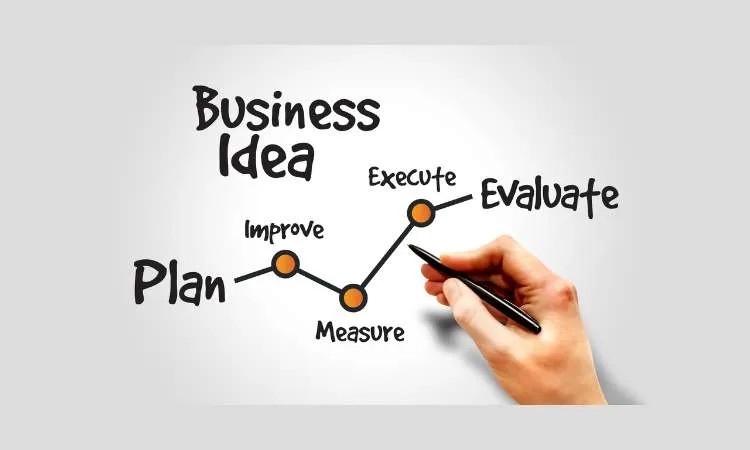
Dec
Business Strategies
From Startup to Success | Best Business Ideas to Launch in Pakistan
More Details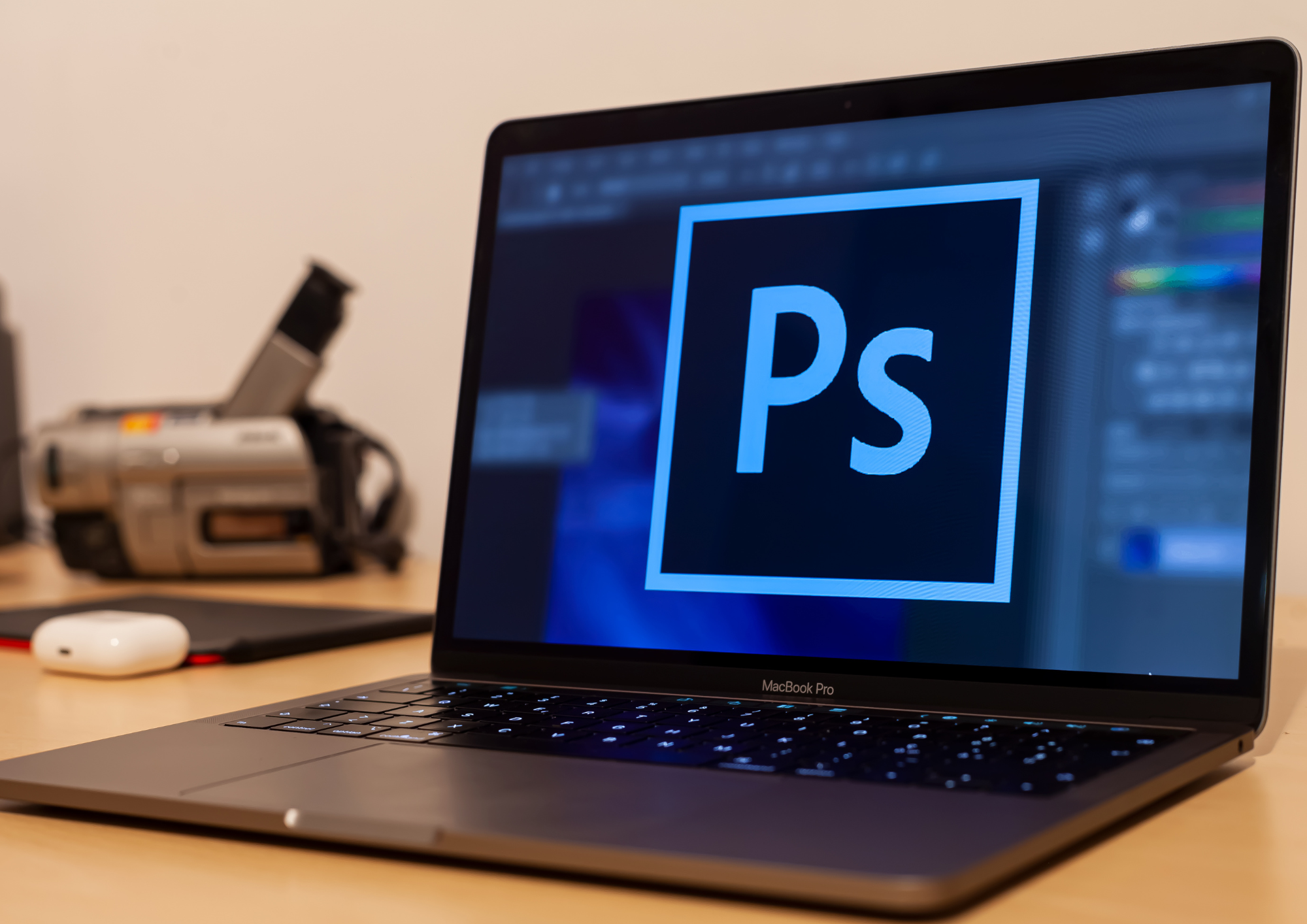
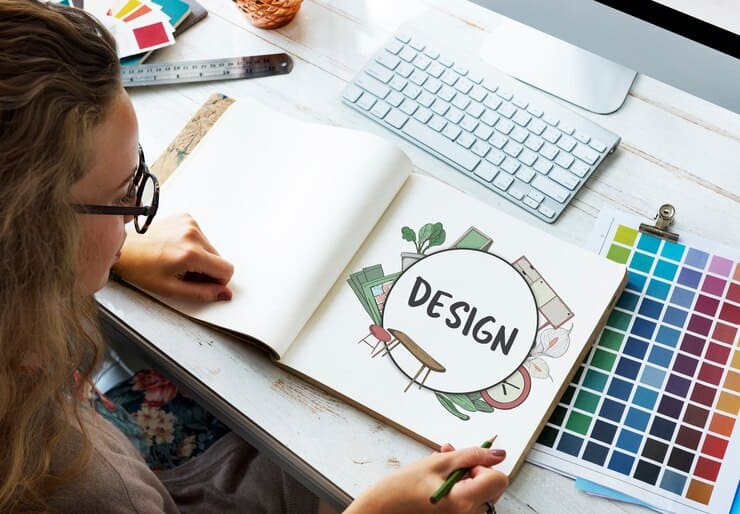
.png)

